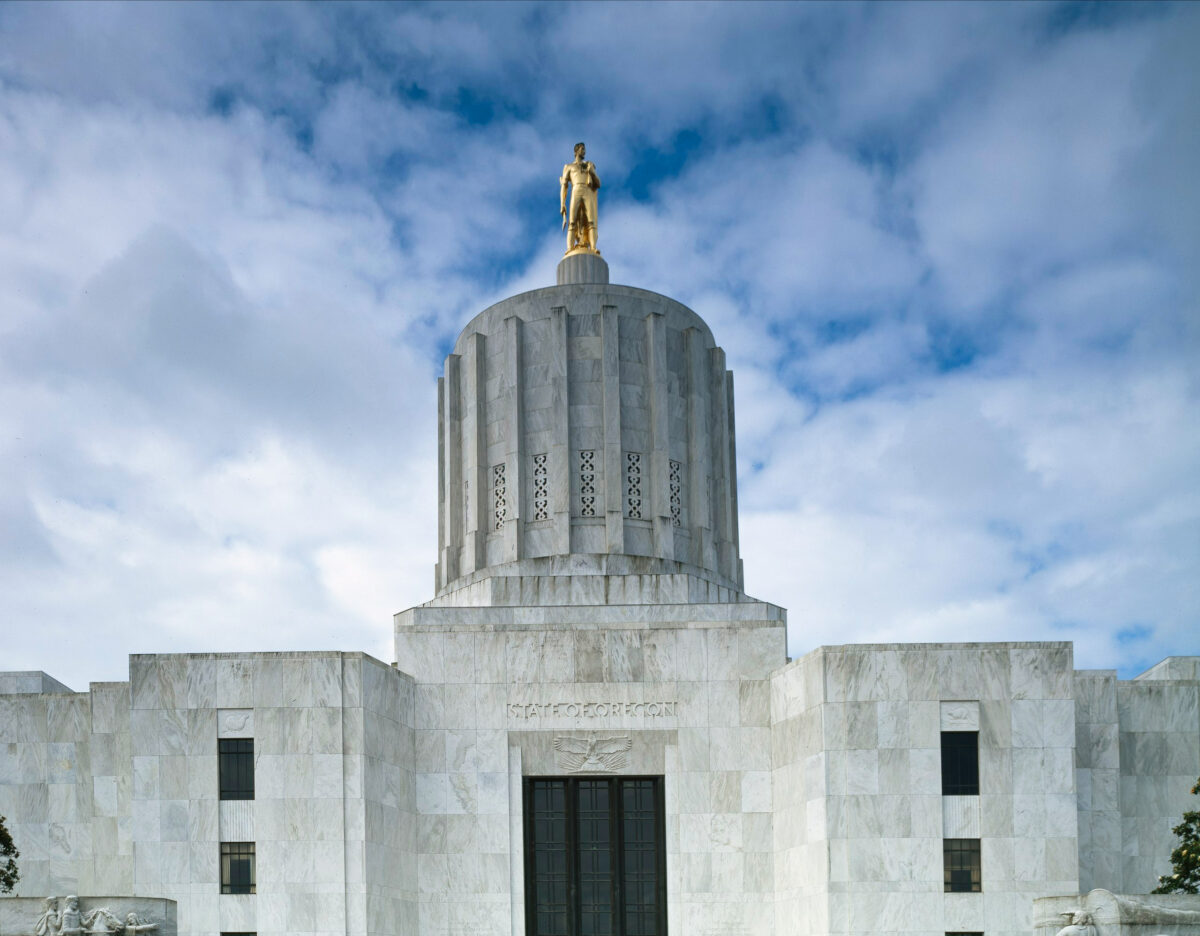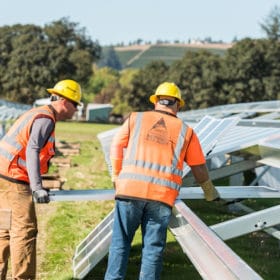Oregon passed legislation to allow municipalities, businesses and communities to build, own and operate microgrids “that improve resilience or mitigate the need for infrastructure upgrades.”
Microgrids use local energy sources to generate power for individual buildings or for a campus of buildings. Similar to virtual power plants (VPPs), microgrids can connect to the utility grid and relieve pressure through the energy they generate and store. However, microgrids can also operate autonomously from the larger power grid, using “island mode.” Microgrids’s ability to protect against power shutdowns can also be particularly beneficial to communities on the West Coast, where utilities must often shut down electrical infrastructure to protect against fires.
HB 2066 directs the Public Utility Commission (PUC) with conducting an investigation and establishing a regulatory framework to own, deploy and use microgrids and community microgrids. The PUC would be required to provide for interconnection standards and requirements, and include a framework for compensation and cost allocation that “recognizes the value of microgrids and community microgrids provide to all electricity customers, the electric grid and local users of the electric grid,” among other things.
HB 2055 allows the use of a third party to study or evaluate a request to connect a microgrid to a power grid.
Microgrids are going to be a “key player” as Oregon looks to develop resiliency in its electric grid for natural disasters and other things, Rep. Mark Owens (R) said in a statement. “If we are really going to build resiliency at the community level with community ownership, we have got to figure that out, and [HB 2066] will ask the Oregon Public Utilities Commission to do so,” said Representative Mark Owens, District 60.
Utilities Portland General Electric and Pacific Power were the sole testimonies opposed to both bills, while solar and environmental groups, county governments, and residents testified in support.
In its testimony, Portland General Electric said it already has microgrids, noting its two microgrids with public partners.
However, under the new legislation, private developers, and not just utilities like Portland General Electric, will be able to own and deploy microgrids.
“While some Oregon utilities are already building microgrids, development has been slow and not keeping pace with the needs of communities, especially rural communities or those far from grid infrastructure,” Angela Crowley-Koch, executive director of the Oregon Solar + Storage Industries Association, said in testimony. She said, “Power outages are an all-hands-on-deck situation – we need private developers to be building microgrids in addition to the utilities so that community needs can be met.”
The bills will next head to Gov. Tina Kotek’s desk.
U.S. microgrid operational capacity reached 9 GW in 2024 G3, following a 26% average annual growth rate since 2021, according to Wood Mackenzie. Many third-party financed projects, which are a growing part of the market share, have benefited from public funding such as Federal Inflation Reduction Act (IRA) tax credits, Infrastructure Investment and Jobs Act grants, and state grant and loan programs.
(Read: Despite innovative action in microgrid policies, states have a long way to go)
Earlier this session, West Virginia Gov. James Morrisey signed into law a bill to ease restrictions on microgrid development in hopes to attract more data centers to the state.
Read about other solar-related bills state lawmakers debated this year here.
This content is protected by copyright and may not be reused. If you want to cooperate with us and would like to reuse some of our content, please contact: editors@pv-magazine.com.









By submitting this form you agree to pv magazine using your data for the purposes of publishing your comment.
Your personal data will only be disclosed or otherwise transmitted to third parties for the purposes of spam filtering or if this is necessary for technical maintenance of the website. Any other transfer to third parties will not take place unless this is justified on the basis of applicable data protection regulations or if pv magazine is legally obliged to do so.
You may revoke this consent at any time with effect for the future, in which case your personal data will be deleted immediately. Otherwise, your data will be deleted if pv magazine has processed your request or the purpose of data storage is fulfilled.
Further information on data privacy can be found in our Data Protection Policy.